- myFICO® Forums
- FICO Scoring and Other Credit Topics
- Understanding FICO® Scoring
- Re: Crossed Two Utilization Thresholds With No Sco...
- Subscribe to RSS Feed
- Mark Topic as New
- Mark Topic as Read
- Float this Topic for Current User
- Bookmark
- Subscribe
- Mute
- Printer Friendly Page
Crossed Two Utilization Thresholds With No Score Change
Is your credit card giving you the perks you want?
Browse credit cards from a variety of issuers to see if there's a better card for you.
- Mark as New
- Bookmark
- Subscribe
- Mute
- Subscribe to RSS Feed
- Permalink
- Report Inappropriate Content
Crossed Two Utilization Thresholds With No Score Change
A couple weeks ago i had an account go from 40% utilization to 60% utiliaztion, no change in score.
Today I had an account go from 75% utilization to 60%, again no score change.
I received Fico alerts about both balance changes. Going over 50% on an account and dropping below 70% on account, neither affected my score.
- Mark as New
- Bookmark
- Subscribe
- Mute
- Subscribe to RSS Feed
- Permalink
- Report Inappropriate Content
Re: Crossed Two Utilization Thresholds With No Score Change
I'm assuming your aggregate utilization in this example did not cross a threshold. Is that correct?
With aggregate utilization not crossing a threshold, people have reported different impacts of single cards crossing supposed thresholds. Some report changes, others don't see any score change.
- Mark as New
- Bookmark
- Subscribe
- Mute
- Subscribe to RSS Feed
- Permalink
- Report Inappropriate Content
Re: Crossed Two Utilization Thresholds With No Score Change
No, my aggregate did not cross a threshold.
- Mark as New
- Bookmark
- Subscribe
- Mute
- Subscribe to RSS Feed
- Permalink
- Report Inappropriate Content
Re: Crossed Two Utilization Thresholds With No Score Change
@Anonymous wrote:A couple weeks ago i had an account go from 40% utilization to 60% utiliaztion, no change in score.
Today I had an account go from 75% utilization to 60%, again no score change.
I received Fico alerts about both balance changes. Going over 50% on an account and dropping below 70% on account, neither affected my score.
Thanks for the data. But it might be too soon to form a final conclusion about the 75 to 60 crossing.



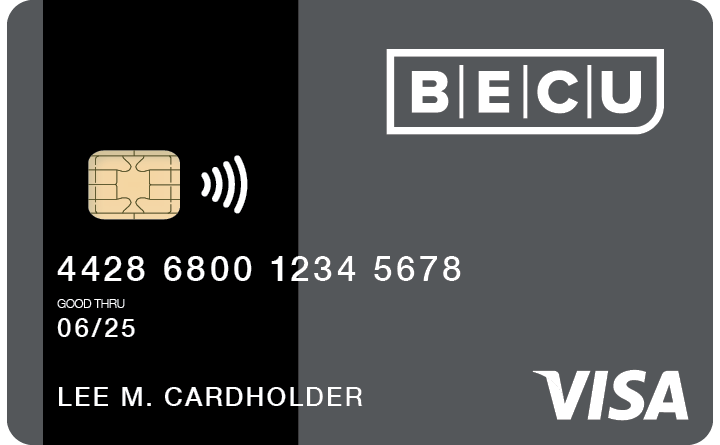




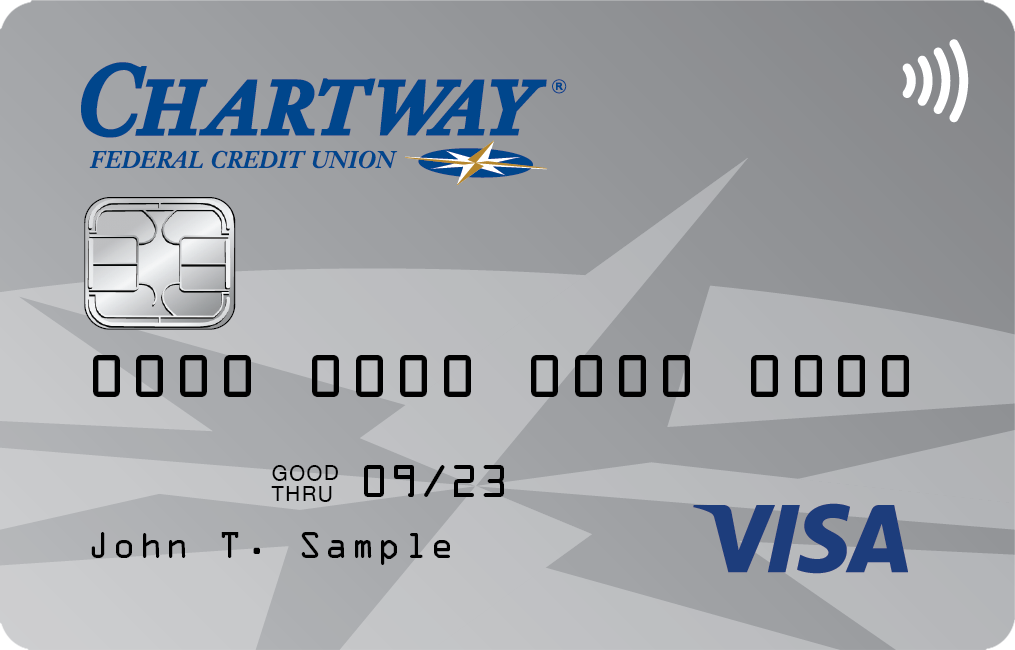





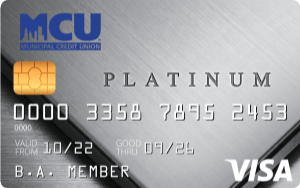




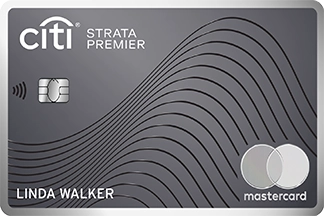
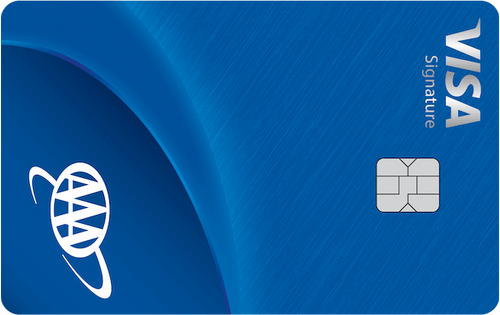

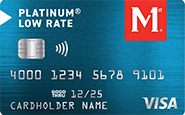



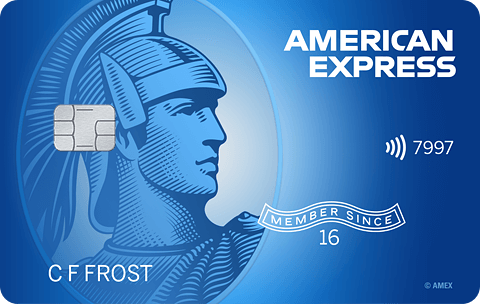




Total revolving limits 568220 (504020 reporting) FICO 8: EQ 689 TU 691 EX 682
- Mark as New
- Bookmark
- Subscribe
- Mute
- Subscribe to RSS Feed
- Permalink
- Report Inappropriate Content
Re: Crossed Two Utilization Thresholds With No Score Change
@Anonymous wrote:No, my aggregate did not cross a threshold.
So then, you've learned that on your profile you can run up a single trade line pretty high and not worry about a score change so long as your aggregate utilization doesn't cross a threshold. I'd imagine if you ran that single trade line to 89%+ that you would see a small scoring penalty, but no way to know for sure unless you tested that data point as well.
- Mark as New
- Bookmark
- Subscribe
- Mute
- Subscribe to RSS Feed
- Permalink
- Report Inappropriate Content
Re: Crossed Two Utilization Thresholds With No Score Change
@Anonymous wrote:I'm assuming your aggregate utilization in this example did not cross a threshold. Is that correct?
With aggregate utilization not crossing a threshold, people have reported different impacts of single cards crossing supposed thresholds. Some report changes, others don't see any score change.
^ This is correct. Many profiles will see a score change if a card UT shifts from below 29% to above 50% or the reverse but, quite a few will not if aggregate utilization is maintained low enough (under 9% or under 6%).
I have not experienced a drop in Fico 8 scores associated with high utilization on an individual card when aggregate utilization was maintained in "optimal range". I reported an individual UT of 52% on a card one month and then 75% UT on the same card a couple months later after PIF to zero in between. In summary, I saw no change crossing 9%, 29%, 49% and 69% utilization thresholds with the card. In both situations, aggregate UT was held under 6%.
I would expect a max out condition on a card (reported balance over 89% of card CL) to trigger a score drop regardless of profile/scorecard. However, I have not tested that threshold myself.
Fico 8: .......EQ 850 TU 850 EX 850
Fico 4 .....:. EQ 809 TU 823 EX 830 EX Fico 98: 842
Fico 8 BC:. EQ 892 TU 900 EX 900
Fico 8 AU:. EQ 887 TU 897 EX 899
Fico 4 BC:. EQ 826 TU 858, EX Fico 98 BC: 870
Fico 4 AU:. EQ 831 TU 872, EX Fico 98 AU: 861
VS 3.0:...... EQ 835 TU 835 EX 835
CBIS: ........EQ LN Auto 940 EQ LN Home 870 TU Auto 902 TU Home 950
- Mark as New
- Bookmark
- Subscribe
- Mute
- Subscribe to RSS Feed
- Permalink
- Report Inappropriate Content
Re: Crossed Two Utilization Thresholds With No Score Change
Thanks for confirming that, TT. It would be cool to see someone with optimal aggregate utilization take a card to maxed out and report what happens to their scores. If I had a super low limit card I'd be more than happy to test this, but I don't. Anyone want to "take one for the team?" Or, OP, is there any way you can bring that card up to maxed out reporting since you're already at ~75% or so? Only if it makes sense for you to do so, of course!
- Mark as New
- Bookmark
- Subscribe
- Mute
- Subscribe to RSS Feed
- Permalink
- Report Inappropriate Content
Re: Crossed Two Utilization Thresholds With No Score Change
My aggregate utilization is 11% right now and I'm trying to get below 10%. So I can't do the maxed out card at this time.
- Mark as New
- Bookmark
- Subscribe
- Mute
- Subscribe to RSS Feed
- Permalink
- Report Inappropriate Content
Re: Crossed Two Utilization Thresholds With No Score Change
Gotcha. The score gain you realize from going from 11% aggregate to 9% aggregate would exceed the score loss you'd see from taking card from 75% utilization to maxed out utilization assuming no aggregate threshold is crossed in the process.
- Mark as New
- Bookmark
- Subscribe
- Mute
- Subscribe to RSS Feed
- Permalink
- Report Inappropriate Content
Re: Crossed Two Utilization Thresholds With No Score Change
Quick note for the folks reading this thread....
When Thomas Thumb (TT) says that he didn't see a score change when his card crossed from below 9% to 75%, there are two explanations.
(1) Given his total utilization (6%) the model did not impose even the tiniest 1-2 point penalty on him.
(2) The model did impose a penalty, but his 850 credit score was already maxxed out and we could not see it.
To flesh out #2 a bit more for newcomers, the general belief here on the forum is that there is a buffer at the very top of the FICO 8 scoring model. This allows the model to internally give a person a higher score than 850. For example TT's scores might well be fluctuating between 850 and 863 (just pulling those two numbers out of the air for illustration). But when the algorithm delivers the final score, it chops off or truncates all excess points over 850 and renders the final number as 850.
Thus when a person who has an 850 tells us that action X produced no change in his score, that isn't quite as meaningful as if a person who had an 830 told us that. For the 850 tester, all we can say for certain is that action X must not have caused a substantial penalty. Doesn't rule out the possibility of a 5 point penalty (say).